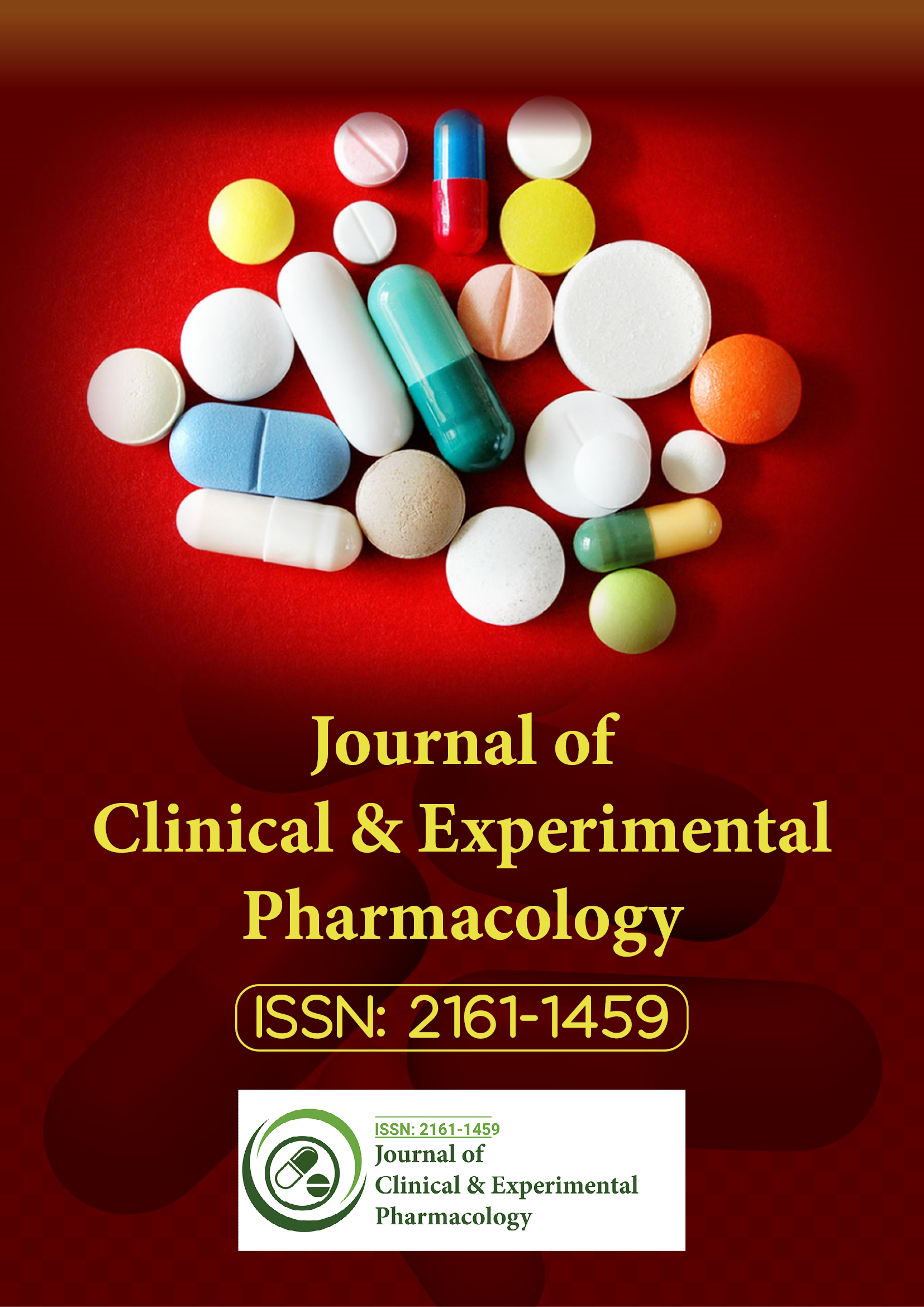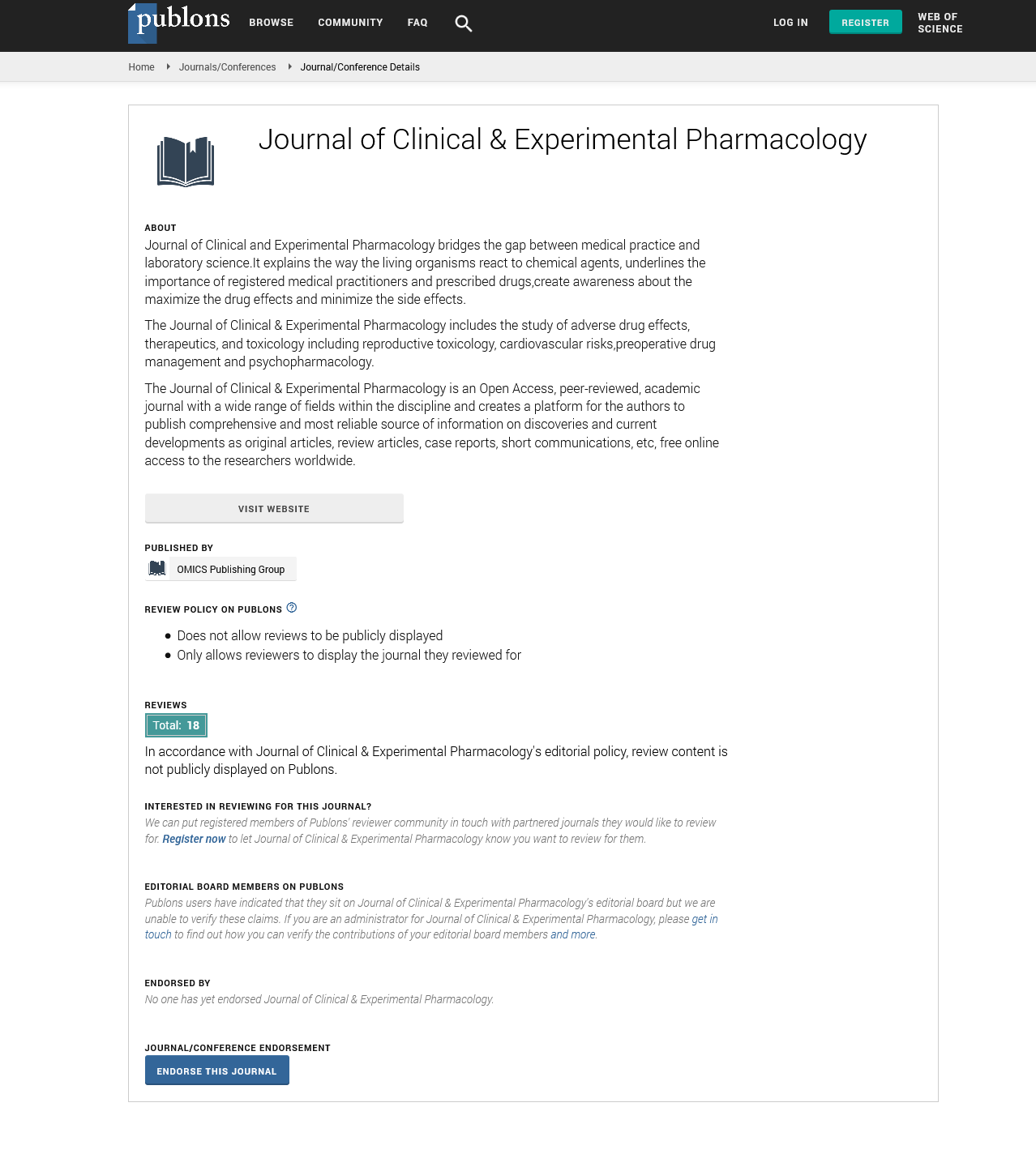Indexed In
- Open J Gate
- Genamics JournalSeek
- China National Knowledge Infrastructure (CNKI)
- Ulrich's Periodicals Directory
- RefSeek
- Hamdard University
- EBSCO A-Z
- OCLC- WorldCat
- Publons
- Google Scholar
Useful Links
Share This Page
Journal Flyer

Open Access Journals
- Agri and Aquaculture
- Biochemistry
- Bioinformatics & Systems Biology
- Business & Management
- Chemistry
- Clinical Sciences
- Engineering
- Food & Nutrition
- General Science
- Genetics & Molecular Biology
- Immunology & Microbiology
- Medical Sciences
- Neuroscience & Psychology
- Nursing & Health Care
- Pharmaceutical Sciences
Editorial - (2021) Volume 0, Issue 0
A Note on Analysis of Neutrons through Concentration of Elements
Ronald Hersey*Received: 04-Nov-2021 Published: 25-Nov-2021
Editorial Note
The nuclear method of Neutron Activation Analysis (NAA) is used to determine the concentrations of elements in a wide range of materials. Because NAA ignores a sample's chemical shape and concentrates purely on its nucleus, it allows for discrete element sampling. So because process relies on neutron activation, it necessitates the use of a neutron source. The elements in the sample are hit with neutrons, resulting in the formation of radioactive isotopes. Each element's radioactive emissions and radioactive decay routes are well-known.
This information may be used to analyse the spectra of the radioactive sample's emissions and identify the element concentrations within it. This technique has the advantage of not destroying the material, and it has thus been used to analyse works of art and historical objects. The activity of a radioactive sample can also be determined using NAA.
Instrumental Neutron Activation Analysis is the name given to NAA performed directly on irradiated samples. Radiochemical Neutron Activation Analysis is a technique that involves separating irradiated materials chemically to eliminate interfering species or concentrate the radioisotope of interest.
With no or minimal preparation, NAA may perform nondestructive analyses on solids, liquids, suspensions, slurries, and gases. The technique enables a genuine bulk analysis due to the penetrating nature of incoming neutrons and gamma rays. Because various radioisotopes have varying half-lives, counting can be postponed to allow interfering species to decay. NAA was the standard analytical method for performing multi-element studies with minimal detection limits in the sub-ppm range until the introduction of ICP-AES and PIXE. The accuracy of NAA is around 5%, and relative precision is frequently better than 1 per cent.
Even though the technique is essentially non-destructive, the irradiated sample will remain radioactive for many years after the initial analysis, entailing handling and disposal protocols for lowto medium-level radioactive material; also, the number of suitable activation nuclear reactors is dwindling; as a result of the lack of irradiation facilities, the technique has declined in popularity and become more expensive.
Neutron activation analysis is a sensitive multi-element analytical technique that may be used to analyse major, minor, trace, and rare elements in both qualitative and quantitative ways. Hevesy and Levi discovered NAA when they noticed that samples containing certain rare-earth elements became highly radioactive after being exposed to a neutron source. As a result of this discovery, induced radioactivity is now used to identify elements. NAA differs from other spectroscopic analytical techniques in that it is based on nuclear transitions rather than electronic transitions. The specimen is put in a suitable irradiation facility and irradiated with neutrons to perform an NAA analysis. This produces radioisotopes of the elements present that are artificial. The manufactured radioisotopes decay after being treated, emitting particles or, more importantly, gamma rays that are characteristic to the element from which they were emitted.
The specimen or sample must be carefully chosen for the NAA method to be successful. Small objects can often be irradiated and analyzed in their entirety without the requirement for sampling. A small sample is frequently taken, usually by drilling in an inconspicuous location. A sample of about 50 mg (onetwentieth of a pound) is sufficient to minimize harm to the object. Removing two samples with two distinct drill bits made of different materials is a normal practice. This will disclose if the sample has been contaminated by the drill bit material. After that, the sample is placed in a vial constructed of either high purity linear polyethylene or quartz. These sample vials are available in a variety of forms and sizes to handle a wide range of specimen types. The sample and a standard are then bundled and irradiated at a constant, known neutron flux in a suitable reactor.
Citation: Hersey R (2021) A Note on Analysis of Neutrons through Concentration of Elements. J Clin Exp Pharmacol. S11: e010.
Copyright: © 2021 Hersey R. This is an open-access article distributed under the terms of the Creative Commons Attribution License, which permits unrestricted use, distribution, and reproduction in any medium, provided the original author and source are credited.

